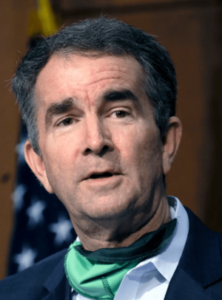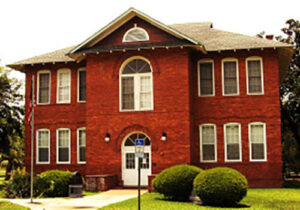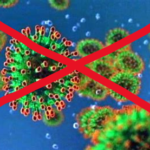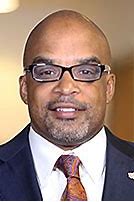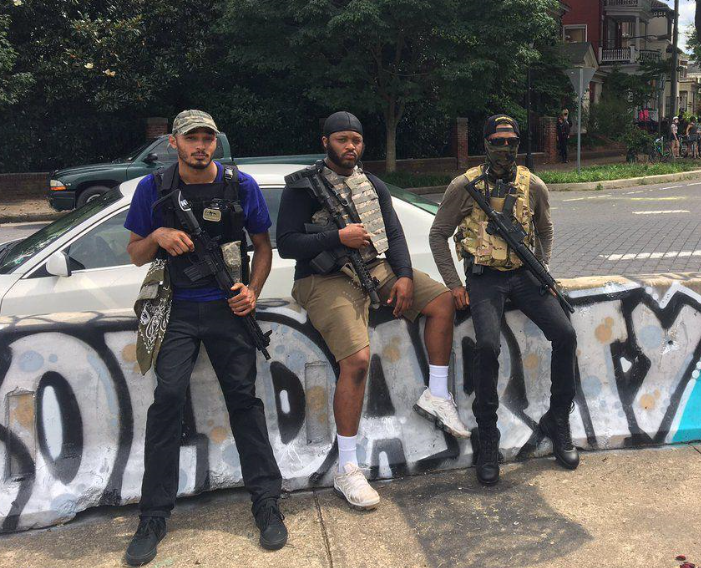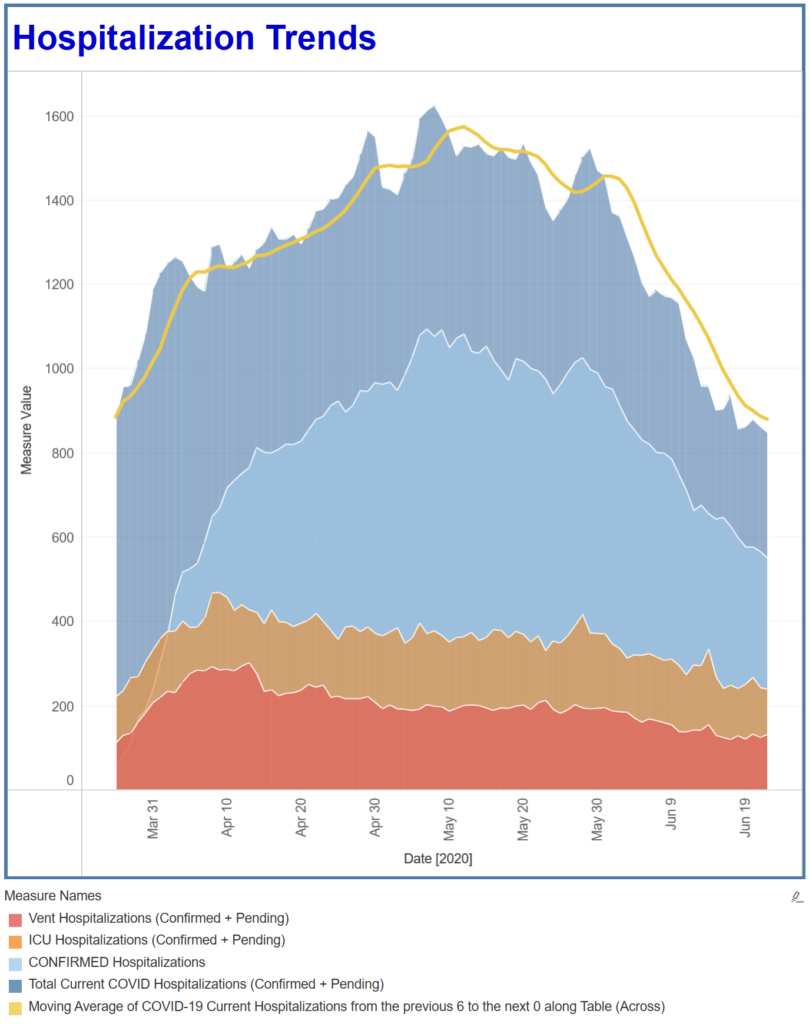With the General Assembly taking up policing reform in this summer’s special session, there should be at least one bill stopping a problem before it begins.
Most big problems are created by a small number of people. The same is true of police officer transgressions. Most police officers are good police officers, but Derek Chauvin was a bad cop with 18 prior complaints in 19 years at the time he killed George Floyd. His partner, Tou Thao, has six complaints, including an open one at the point he was fired. The head of their police union, Lt. Bob Kroll, is the subject of at least 29 complaints.
Their continued presence was an insult to the more than 680,000 good law enforcement officers who are guardians of our safety, who took the job to serve the public and who put their lives on the line.
Yet, instead of eliminating a narrow source of major abuse, they were allowed to continue their abuse of Minneapolis citizenry. Why?
Increasingly, we can point to provisions commonly found in Collective Bargaining Agreements (CBAs) negotiated between governments and the police union as part of the contract process. The issue has never arisen in Virginia before, because collective bargaining was prohibited. But Governor Ralph Northam has signed into law legislation that could mean local governments and their police unions next year will negotiate the conditions of the disciplinary process against misbehavior by individual police officers. Continue reading


